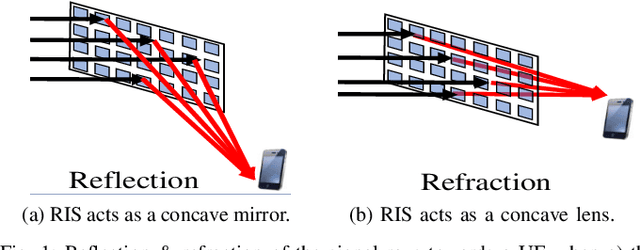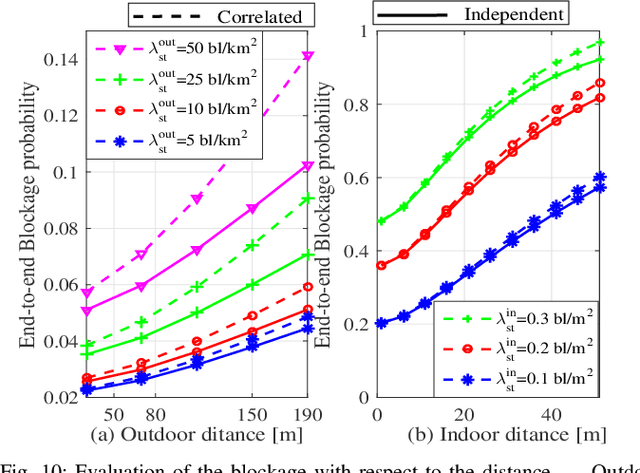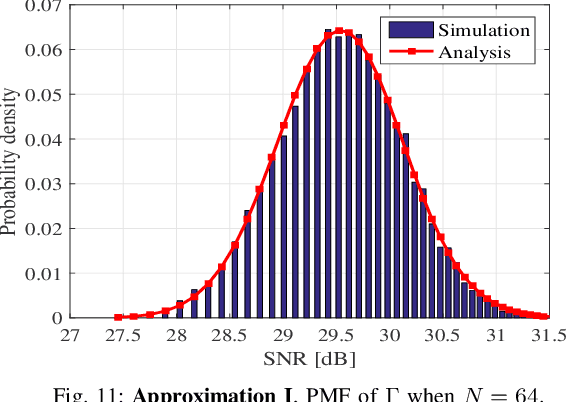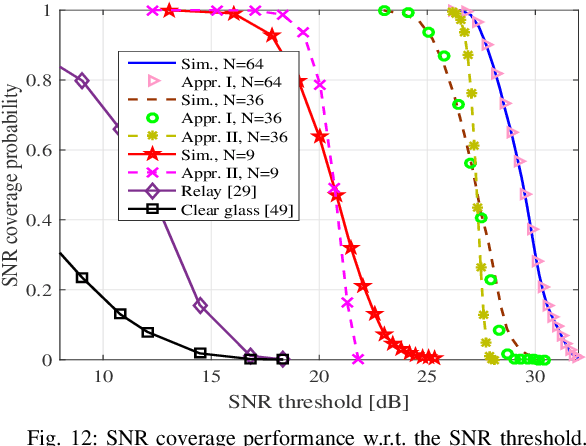Modeling RIS Empowered Outdoor-to-Indoor Communication in mmWave Cellular Networks
Paper and Code
Jan 04, 2021



With the increasing adoption of millimeter-waves (mmWave) over cellular networks, outdoor-to-indoor (O2I) communication has been one of the challenging research problems due to high penetration loss of buildings. To address this, we investigate the practicability of utilizing reconfigurable intelligent surfaces (RISs) for assisting such O2I communication. We propose a new notion of prefabricated RIS-empowered wall consisting of a large number of chipless radio frequency identification (RFID) sensors. Each sensor maintains its own bank of delay lines. These sensors which are built within the building walls can potentially be controlled by a main integrated circuit (IC) to regulate the phase of impinging signals. To evaluate our idea, we develop a thorough performance analysis of the RIS-based O2I communication in the mmWave network using stochastic-geometry tools for blockage models. Our analysis facilitates two closed-form approximations of the downlink signal-to-noise ratio (SNR) coverage probability for RIS-based O2I communication. We perform extensive simulations to evaluate the accuracy of the derived expressions, thus providing new observations and findings.
 Add to Chrome
Add to Chrome Add to Firefox
Add to Firefox Add to Edge
Add to Edge